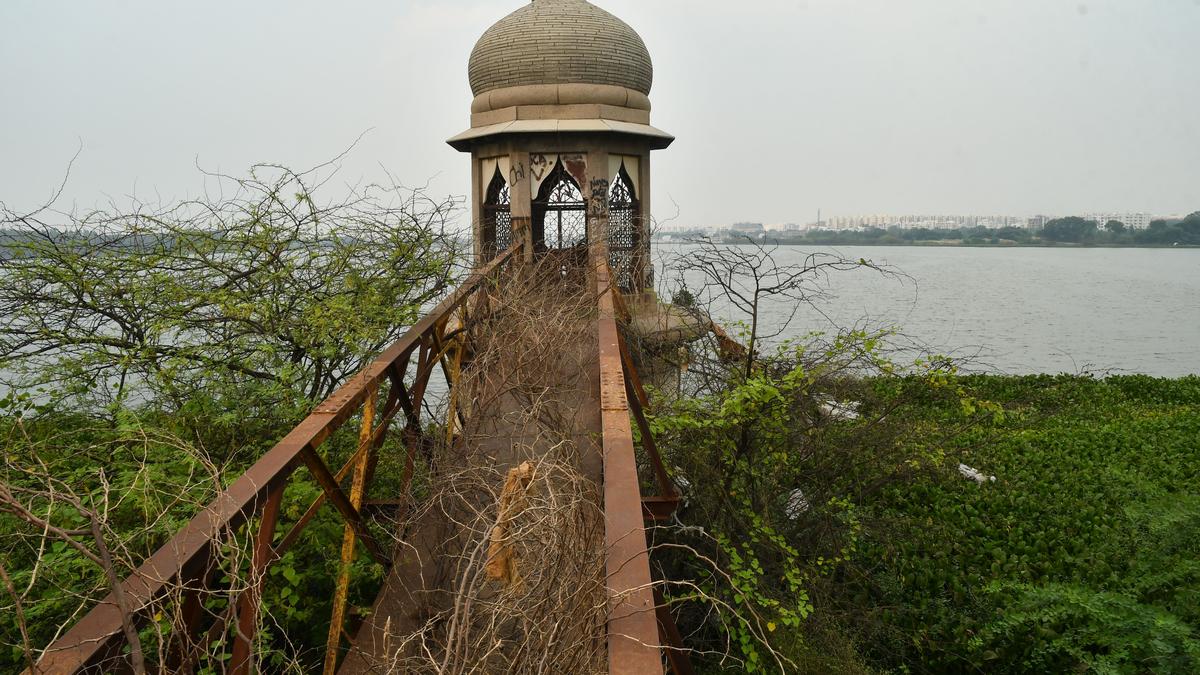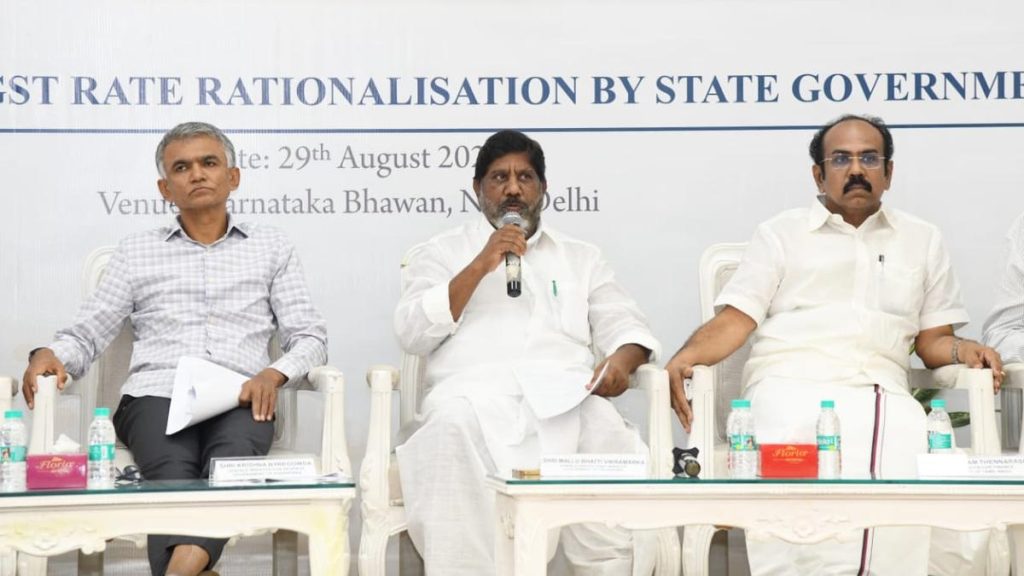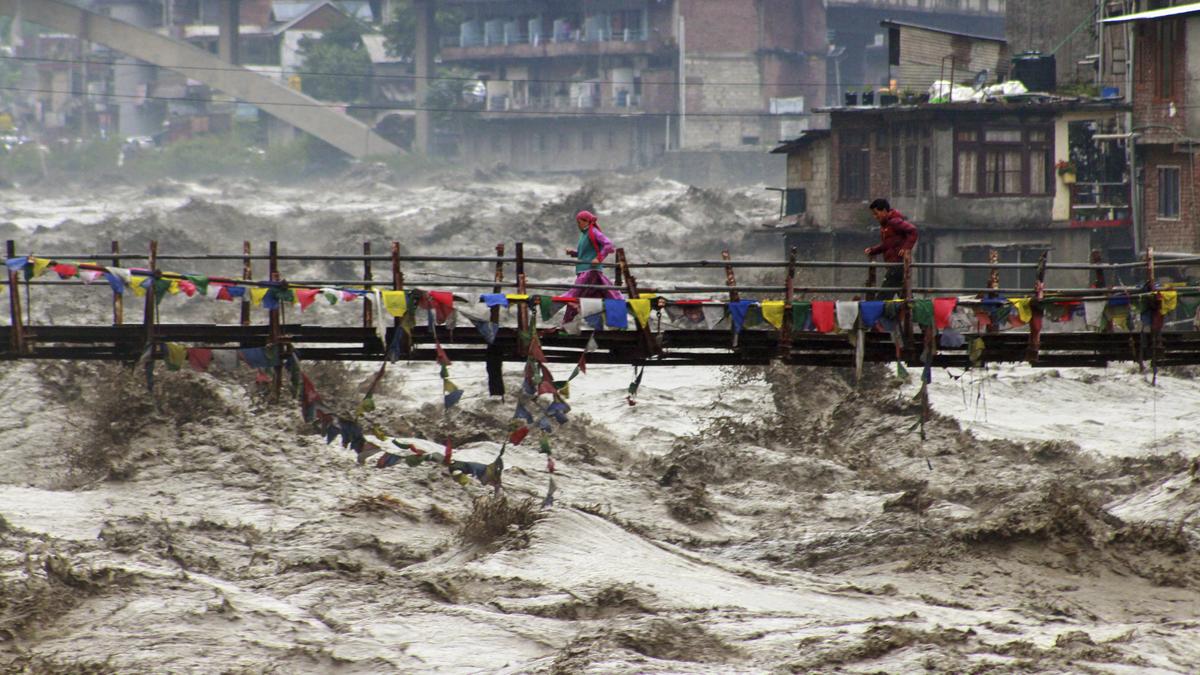Now Reading: Hyderabad’s Flood Maps Exist, But the City Still Suffers
-
01
Hyderabad’s Flood Maps Exist, But the City Still Suffers
Hyderabad’s Flood Maps Exist, But the City Still Suffers

### Quick summary
– Hyderabad experienced devastating floods on August 23-24, 2000, recording its heaviest rain in 46 years (263.6 mm and 246.2 mm on successive days).
– The flood impacted over 90 colonies, displaced thousands, caused dozens of deaths, and submerged areas up to 15 feet deep.
– Historical floods like the Musi river disaster in 1908 inspired structural measures, but urban mismanagement contributed to the devastation in these recent events.
– Studies by Geological Survey of india (GSI) and Kirloskar Consultants identified vulnerable areas and proposed drainage improvements; though, implementation has remained inadequate.
– Encroachments on natural waterways exacerbated flooding risks. Between 1989 and 2001 alone, Hyderabad lost over 3,200 hectares of water bodies.
– Subsequent flood events in October 2020 (33 deaths) and August this year highlighted recurring issues; Hyderabad’s strategic Nala Development Programme has yet to deliver considerable results due to political hurdles.
– Average annual rainfall for the city rose by approximately 150mm since the early twentieth century-indicating changing weather patterns intensifying vulnerabilities.
– HYDRAA was created in July this year for disaster management but remains an insufficient safeguard against consistent flooding.
—
### Indian Opinion Analysis
Hyderabad’s recurrent flooding underlines systemic governance failures despite decades of warnings from scientific studies about its vulnerability. At its core is unchecked urbanization-a critical factor contributing to encroachments on lakes and nalas that naturally manage water overflow during extreme rains. These ignored recommendations from expert agencies highlight inefficiency within administrative systems along with alleged political influences preventing necessary interventions.The city’s increasing annual rainfall points towards a broader climatic shift intertwined with localized issues like concretization reducing absorption capacity. While initiatives such as HYDRAA show promise for improved disaster response mechanisms going forward,their efficacy depends heavily on robust execution free from external pressures.recurring damages not only disrupt economic hubs but also pose humanitarian challenges for affected working-class populations already living precariously within flood-prone regions. Complete reform addressing drainage infrastructure at scale-based both on scientific rigor and lasting planning-is essential if Hyderabad is to protect itself adequately from future inundations that are more unavoidable than unpredictable.
Read More: The Hindu























